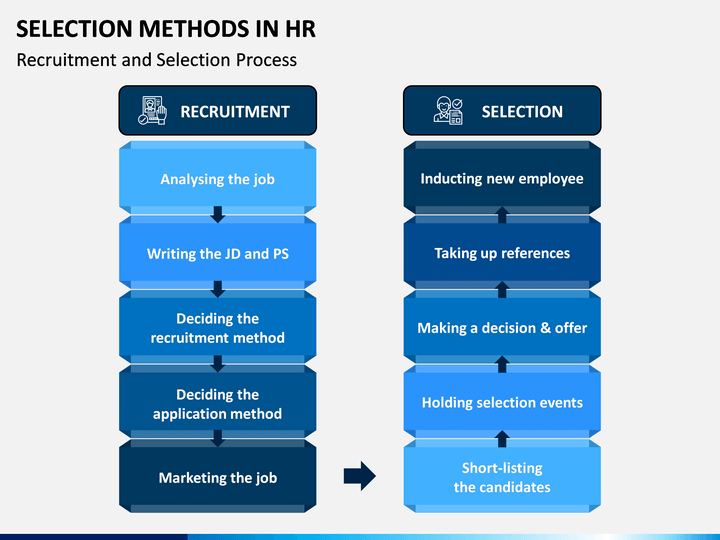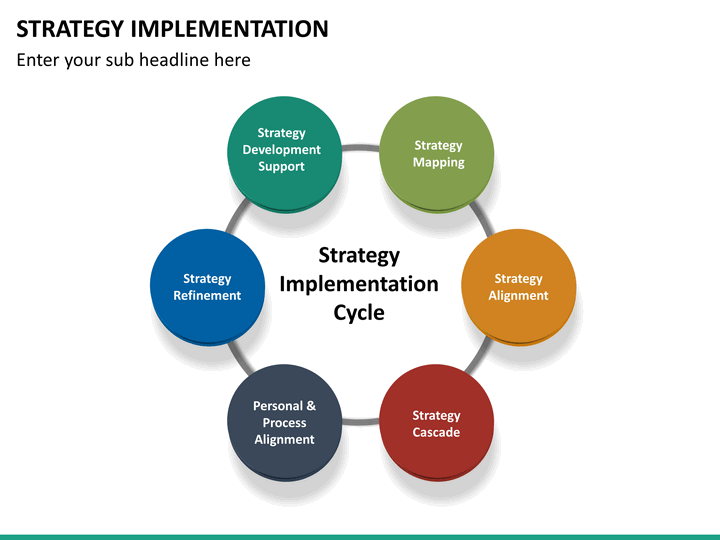

For example, marketer while demonstrating his/her product to the customer tells the competitor’s high price of the same product to induce sale of his/her product. The higher price can be the product’s last price, price of competitor’s brand, or price of the same brand at the other retail outlet. Involves setting the price of a product at a specific level and simultaneously comparing it with the higher price. The sales gap in organizations is filled by this type of pricing. The organizations follow this strategy to gain revenue. Involves reduction in the prices of a product according to special events, such as festivals or seasons. However, this type of pricing is also called loss leader pricing as sometimes the product is sold at loss. The marketers believe that this strategy helps in increasing sales. This type of pricing is generally used in supermarkets. Refer to a policy that involves setting the prices of a product less or equal to its cost. The customers are offered early bird menus that offer food items at lower prices. For instance, the restaurants give several discount options to early customers of the day during the off-peak season. The example of secondary market can be an isolated area in the domestic and foreign country markets.Ī secondary market also involves a segment that buys the product during off-peak rimes. However, if the cost of serving the secondary market is higher as compared to the cost of primary market then the price charged in the secondary market is higher. The price in the primary market is generally higher than the secondary market. The primary market is the target market where the product is introduced for the first time whereas, the secondary market is the target market where the product is introduced after it has gained success in the primary market. The price for a primary market is different from the price in the secondary market.

Implies setting different prices for different markets. An example of differentiated pricing can be selling Coca-Cola at Rs. In these types of markets, customers purchasing the product at the lower prices cannot resell the product at higher price in another market. This type of pricing strategy is used in the market where the multiple customer segments exist to avoid confusion regarding the different prices of products. Differential Pricing :ĭifferential pricing implies charging different prices from different customers for same products. These are the maximum price and output levels of an organization. The output and prices of these four products are determined at the points where their respective MC and MR curves intersect each other.Īs shown in Figure-6, OQa, QaQb, QbQc, QcQd are the output levels of products A, B, C, and D and PaQa, PbQb, PcQc, PdQd are the prices of the products respectively. This parallel line passes through the M Rs of A, B, C, and D. Suppose the aggregate MR curve, which is the total of all individual MR curves, passes through point E on the MC curve.įrom point E, a parallel line, equal marginal revenue (EMR) is drawn towards Y- axis (parallel to X-axis). A, B, C, and D produced by an organization.Īs shown in Figure-6, the AR (price) and MR curves for four products are shown as four different curves and MC curve is shown as the total of MC of all the products. Suppose there are four differentiated products. Clemens who stated how the multi-product organizations fix prices of their products. The solution of this problem was provided by E.W. Therefore, the condition of MR=MC cannot be applied directly to fix the prices of each product. On the other hand, AC and MC are inseparable. Therefore, AR and MR curves are different for each product.

However, the MC curve of these products is same as these are produced under interchangeable production facilities. The demand curve for multiple products would be different. The pricing in case of multiple products is called multiple product pricing. Similarly, an automobile organization manufactures vehicles in different colors, sizes, and mileage. For example, a refrigerator manufacturing organization produces refrigerators in different colors, sizes, and features. Even a single product of an organization can differ in styles and sizes. Generally, organizations produce more than one product in their line of production. These pricing strategies (as shown in Figure-5) are discussed in detail below: Multiple Product Pricing : Figure-5 shows various pricing strategies adopted by organizations:


 0 kommentar(er)
0 kommentar(er)
